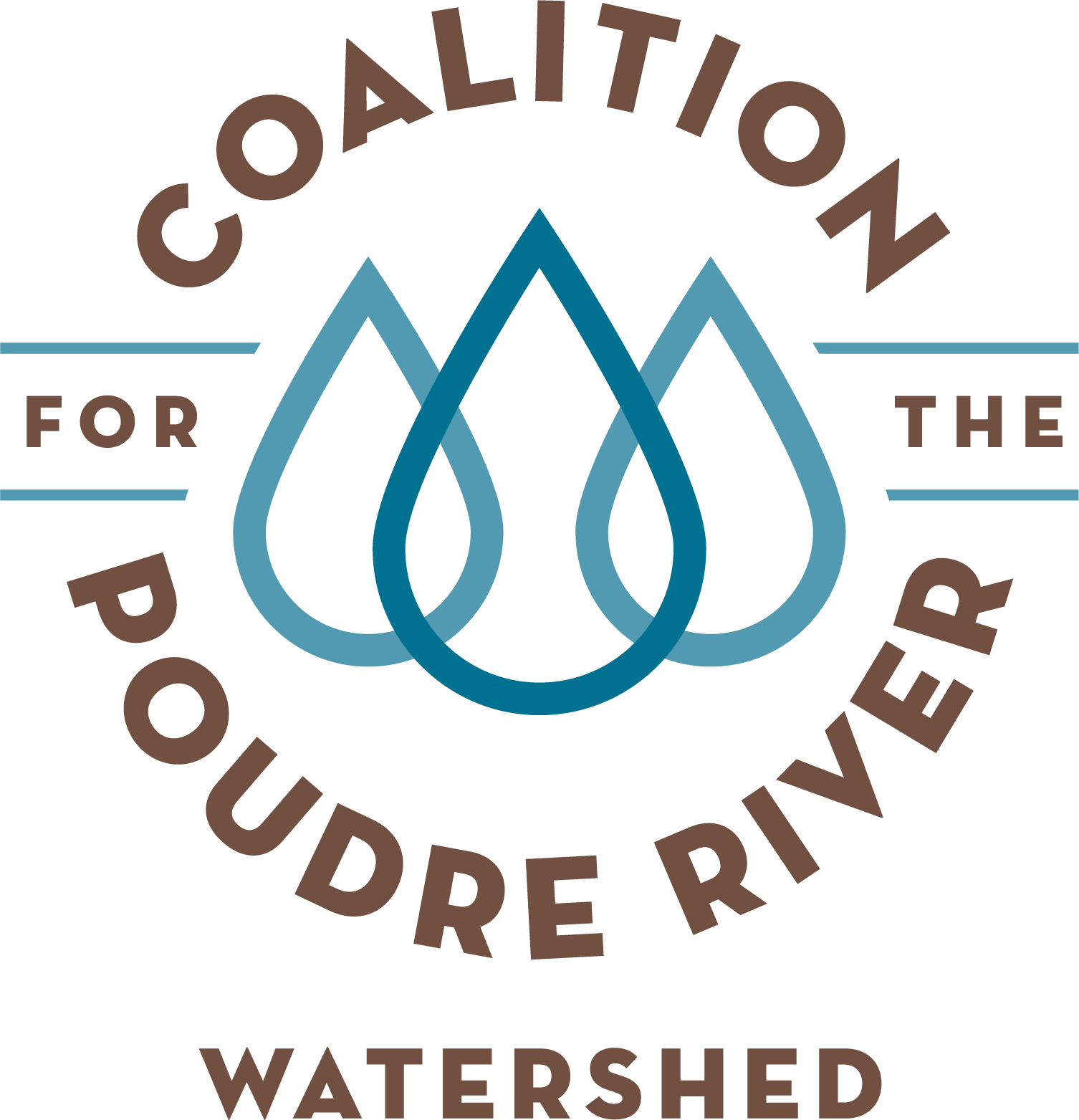Unnamed Tributary 2 (UT2)
Cameron Peak Post-Fire Restoration
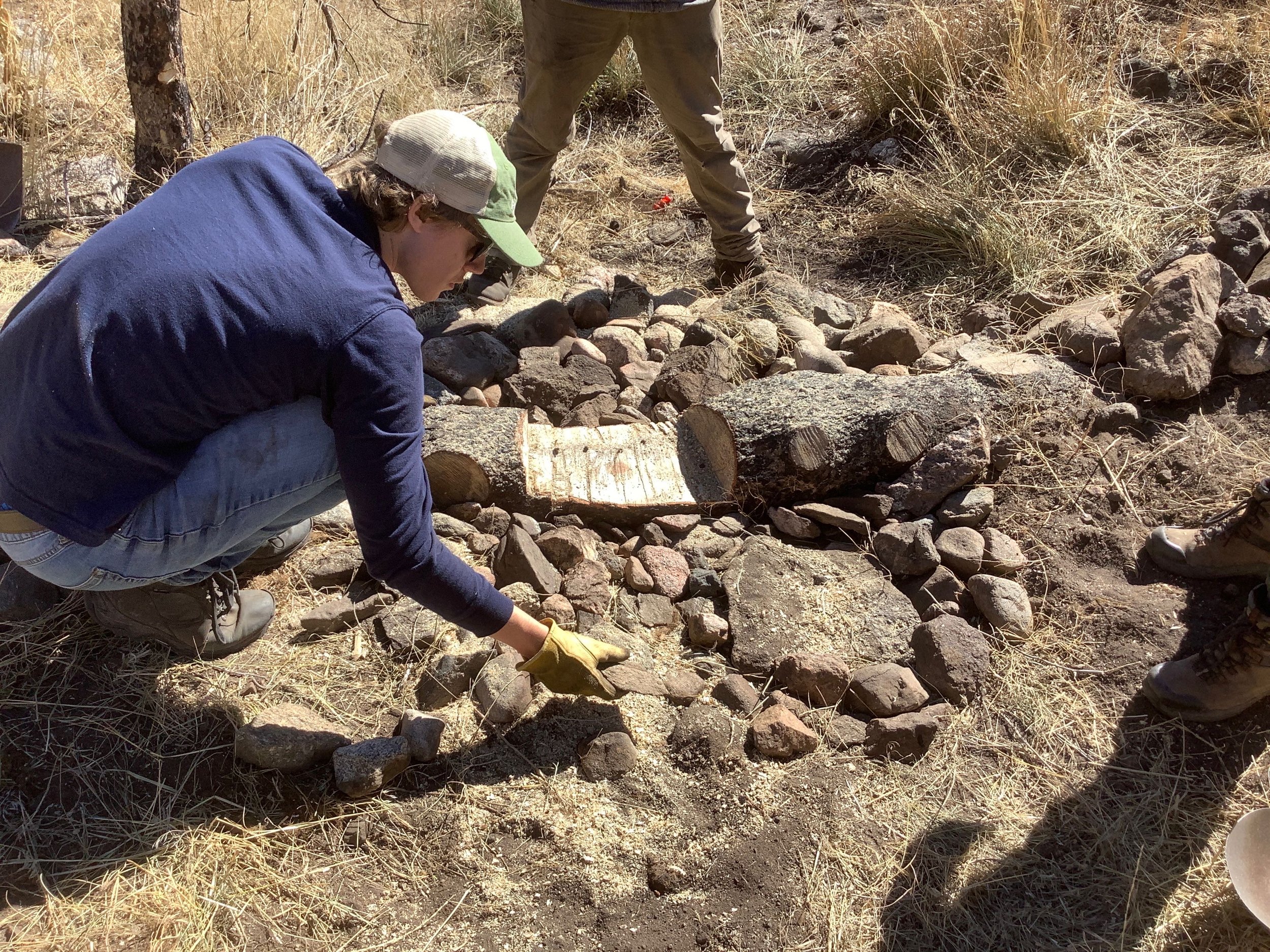

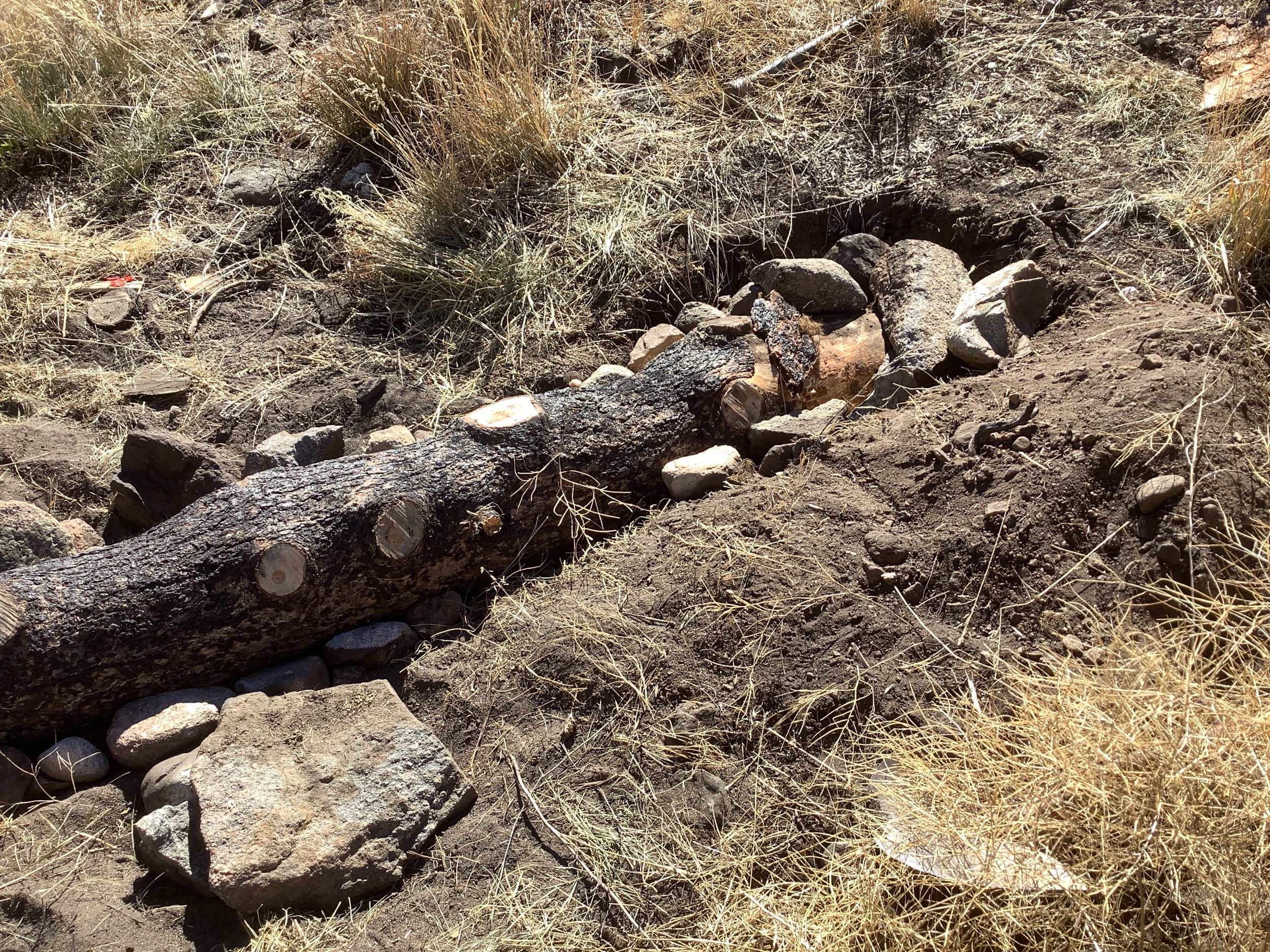
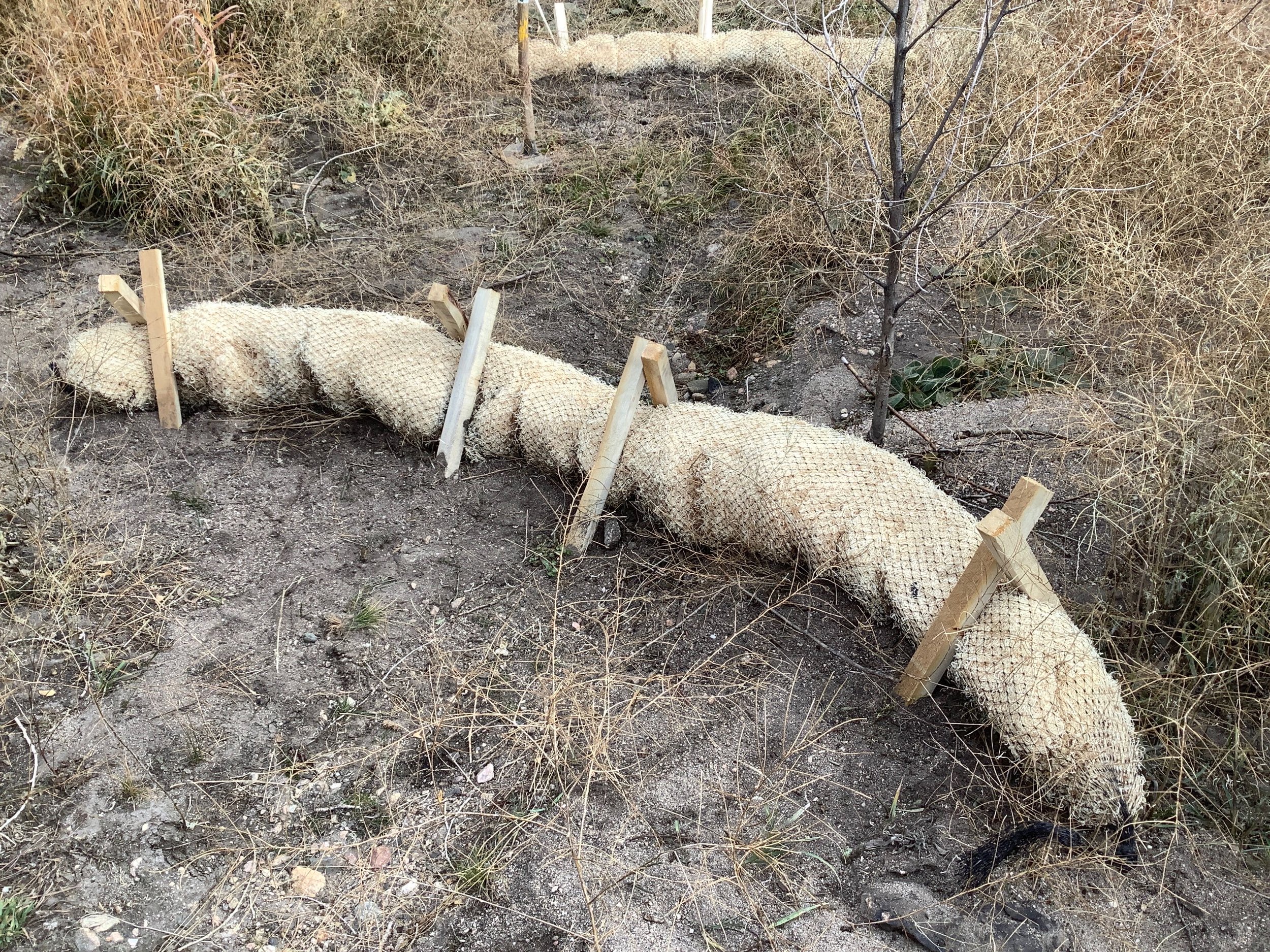

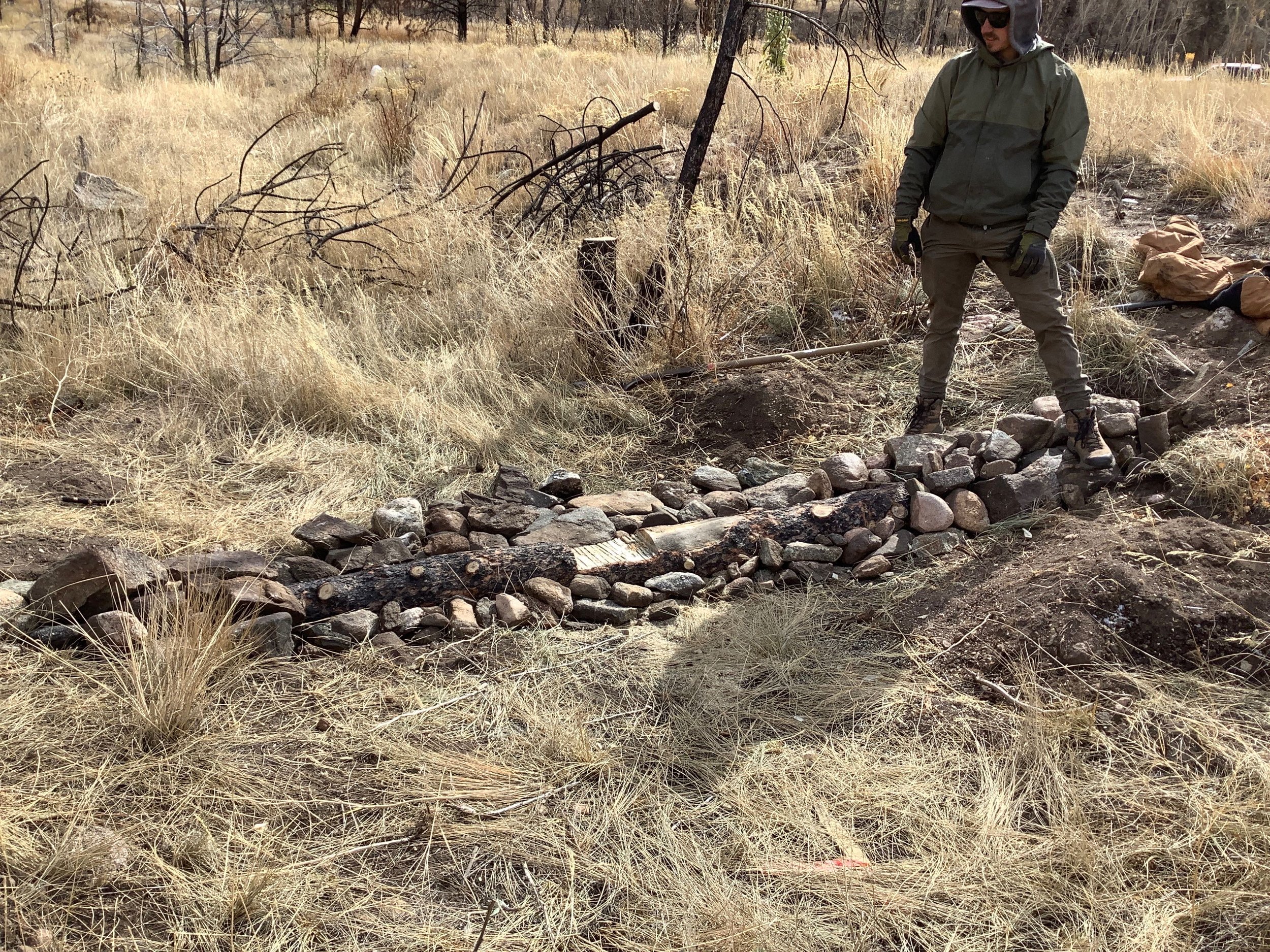
Project Overview
The UT2 project site is part of a priority HUC14 for post-fire restoration (Headwaters Cache La Poudre River) that connect directly with the mainstem of the Cache la Poudre River. CPRW and its partners identified this priority location through a stakeholder and science-driven Hazard Assessment Framework. The Hazard Assessment integrates data such as soil burn severity, potential for debris flows as modeled by USGS, potential for hillslope erosion as modeled by the Colorado Forest Restoration Institute at CSU, and a road composite that evaluates the density of roads in the area, which often contribute to sediment issues post-fire.
CPRW and the project team implemented a series of low-tech, process-based restoration treatments intended to reduce velocity of flows in the upper portions of the tributary, increase sediment storage behind structures and in floodplain overbank areas, and to reduce channel erosion in areas with bank incision. The project is intended to provide greater stability during typical monsoon thunderstorm events. The project is also intended to enhance riparian function and decrease water quality degradation due to excess sediment entering the stream system.
The UT2 watershed experienced a mixed burn severity as the result of the Cameron Peak Fire in 2020, with over 70% of the burn occurring in this watershed at moderate to high severity. (Courtesy of Ayers Associates)
UT2 Post-Fire Mitigation Plan & Monitoring Locations (Courtesy of Ayers Associates)
Post-Fire Treatment(s)
Large Wood Stabilization Features (4 total, labeled WS1-WS4) - On-site large woody material is strategically placed and interlocked in the channel and on the streambed to initiate and simulate natural wood accumulation. Log Structures provide opportunity for sediment storage behind the structures while promoting floodplain connectivity, additional wood recruitment, aquatic habitat complexity, and riparian health.
Native Rock Stabilization Features (8 total, labeled RS1 – RS8) - Native rock is harvested on-site and placed, typically by hand, to stabilize headcuts and impede channel incision. This helps improve water quality by stabilizing actively eroding channels and limiting upstream incision.
Contour Wattles (11 total in lower portion of project area) - Biodegradable wattles are staked parallel to contours on hillslopes to reduce erosion and increase sediment deposition on vulnerable hillslopes, alluvial fans and small gullies. In the UT2 project site, the contour wattles are focused on the downstream alluvial fan area, to help provide an opportunity for sediment deposition, just prior to the area entering the mainstem of the Cache La Poudre River. These treatments are intended to help reduce impacts of widespread sheet erosion that is causing downstream water quality impairments.
Seeding Area (in lower portion of the project area) – Native seed was placed on the downstream portion of the project area, along with the contour wattles, to support vegetative growth. It is intended to help stabilize sediment deposition expected in the area and provide stability to help limit additional erosion in the area.
Project Goals
Reduce velocity of flows in the upper portions of the tributary
Increase sediment storage behind structures and in floodplain overbank areas, and to reduce channel erosion in areas with bank incision
Provide greater stability during typical monsoon thunderstorm events
Enhance riparian function and decrease water quality degradation due to excess sediment entering the stream system
Use low-tech process-based restoration techniques to meet the project objectives.
Project Collaborators
Ayres Associates
AloTerra Restoration Services
Funder(s)
Colorado Department of Public Health and Environment (CDPHE)
Project Timeline
Completed - 2022
